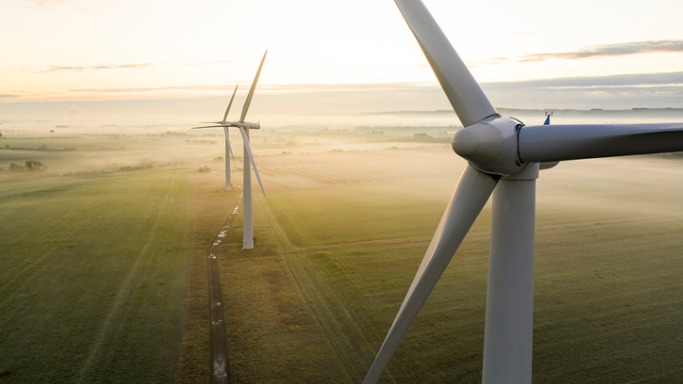Speaking recently about the competition to lead the world in clean energy technology, President Biden said of China: “They think they’re gonna win. Well I got news for them, they will not win this race. We can’t let them.”
But Biden’s energy rhetoric and his administration’s actions are sorely mismatched. It seems his administration is doing everything in its power to lose the race for world leadership in this area.
Biden’s early executive order shut down the Keystone XL pipeline, a move that cost many American jobs, and now the Biden administration is planning to lift sanctions on the Nord Stream 2 pipeline from Russia to Germany, opening the European oil market floodgates to Russia, the country that produced the Colonial Pipeline hackers.
Perhaps worst of all, the Biden administration has not embraced new nuclear and carbon capture projects—projects that hold some of the greatest promise for our clean energy future. In the meantime, China and Russia recognize the promise of nuclear power and are already supplying more than half of the world’s total nuclear reactors with technology, materials, financing, and more.
While Biden acknowledges that China is currently leading the race to develop battery technology and electric vehicles, he fails to provide a realistic plan to overcome China’s lead. His remarks in a recent event at a Ford factory read like a campaign speech—filled with promises to rebuild American manufacturing and bring back the golden age of the American auto industry through his “good-paying, union jobs”—but Biden completely ignores the real issue at play: access to raw materials.
Raw materials such as lithium, copper and nickel, are necessary to build the clean energy technologies touted by climate activists. Without adequate stores of these materials, we cannot make solar panels, wind turbines, or the electric vehicles so proudly supported by the Biden administration which use six times more mineral resources than traditional cars.
At the moment, the U.S. is the world’s second leading supplier of critical raw materials, but we only make up seven percent of the global market. That is far behind the world leader, China, which commands 45% of the world’s critical mineral supply. As countries work to reduce their carbon output and pursue aggressive climate goals, particularly towards targets of producing net zero carbon emissions—essentially finding ways to balance out any carbon emissions produced with carbon emissions taken out of the atmosphere—the International Energy Agency estimates that critical minerals demand will jump from the 7 million tonnes used in 2020 to over 40 million tonnes by 2050.
And not only does China dominate the critical mineral market, China and countries like the Democratic Republic of Congo, have grievous human rights track records associated with the mining of these minerals.
Finally, critical materials are only available to be mined in certain regions. And according to the International Council on Mining and Metals, the start-up phase for a mine, from exploration to first production, may take more than ten years. So the reality is that if the U.S. ramps up its production of renewable energy sources and electric vehicles, as the Biden administration has pledged to do, we will be relying heavily on China for the materials.
Against such odds, the U.S. clearly must take a different approach to a cleaner future. Continued innovation throughout the energy sector will certainly help to solve many of our issues, but we must also use the tools already available including nuclear power and carbon capture and storage.
While many climate activists, including the White House environmental justice advisors, oppose both nuclear and carbon capture projects, both technologies provide ways to meaningfully reduce emissions that can be deployed now. As the only reliable source of carbon-free energy, nuclear power can help to ramp up our clean energy production while carbon capture and storage can reduce emissions from other energy sources, allowing the U.S. to continue to produce reliable and affordable energy without overreliance on bad faith actors such as China.
If President Biden wants to deliver on his promises of clean energy and American leadership, he must embrace solutions like nuclear power and carbon capture and start making realistic plans for our energy future. We can win the technology race, but we need to take advantage of the tools in hand.

